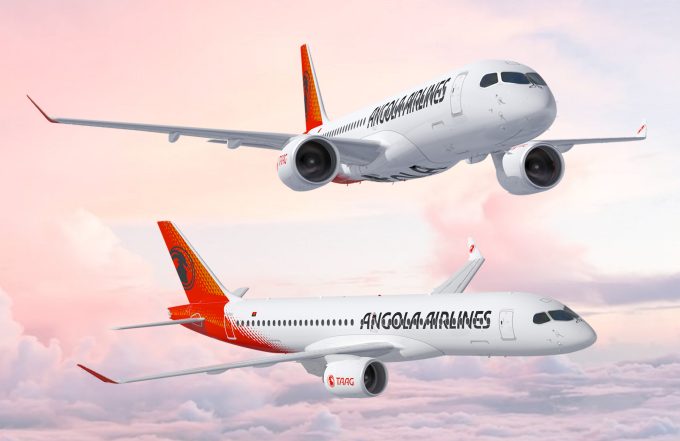Growth in 'patient-centric care' driving M&A in pharma supply chains
An explosion in M&A activity surrounding “patient-centric” approaches to healthcare is set to further reshape ...

TAAG Angola is pursuing a regional expansion of cargo services, with plans to make Luanda a key hub for air freight sorting in southern Africa.
The airline is keen to exploit new opportunities from the recently opened New Luanda International Airport.

Comment on this article